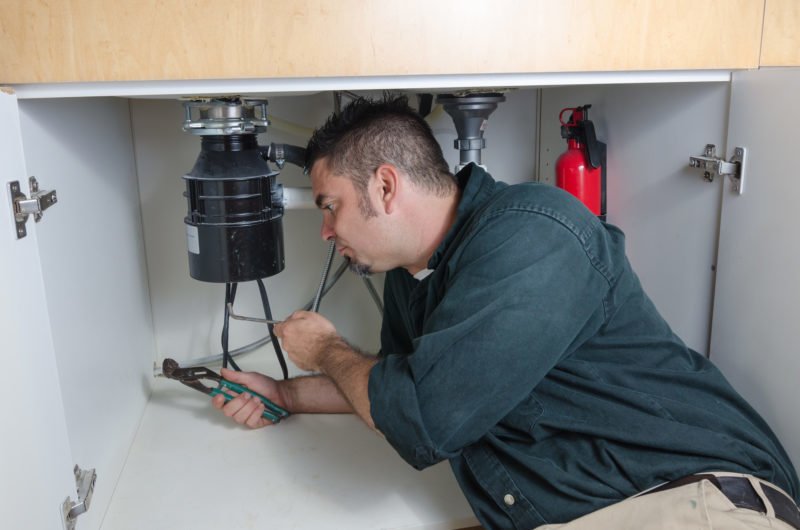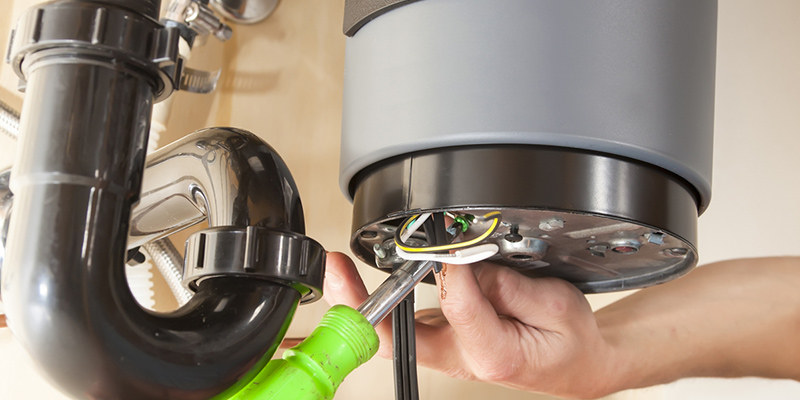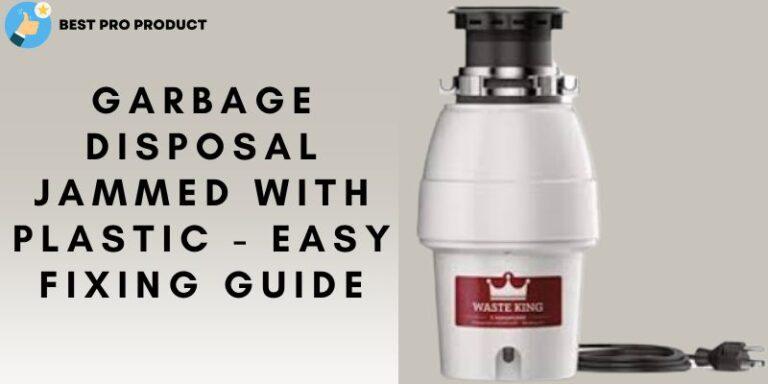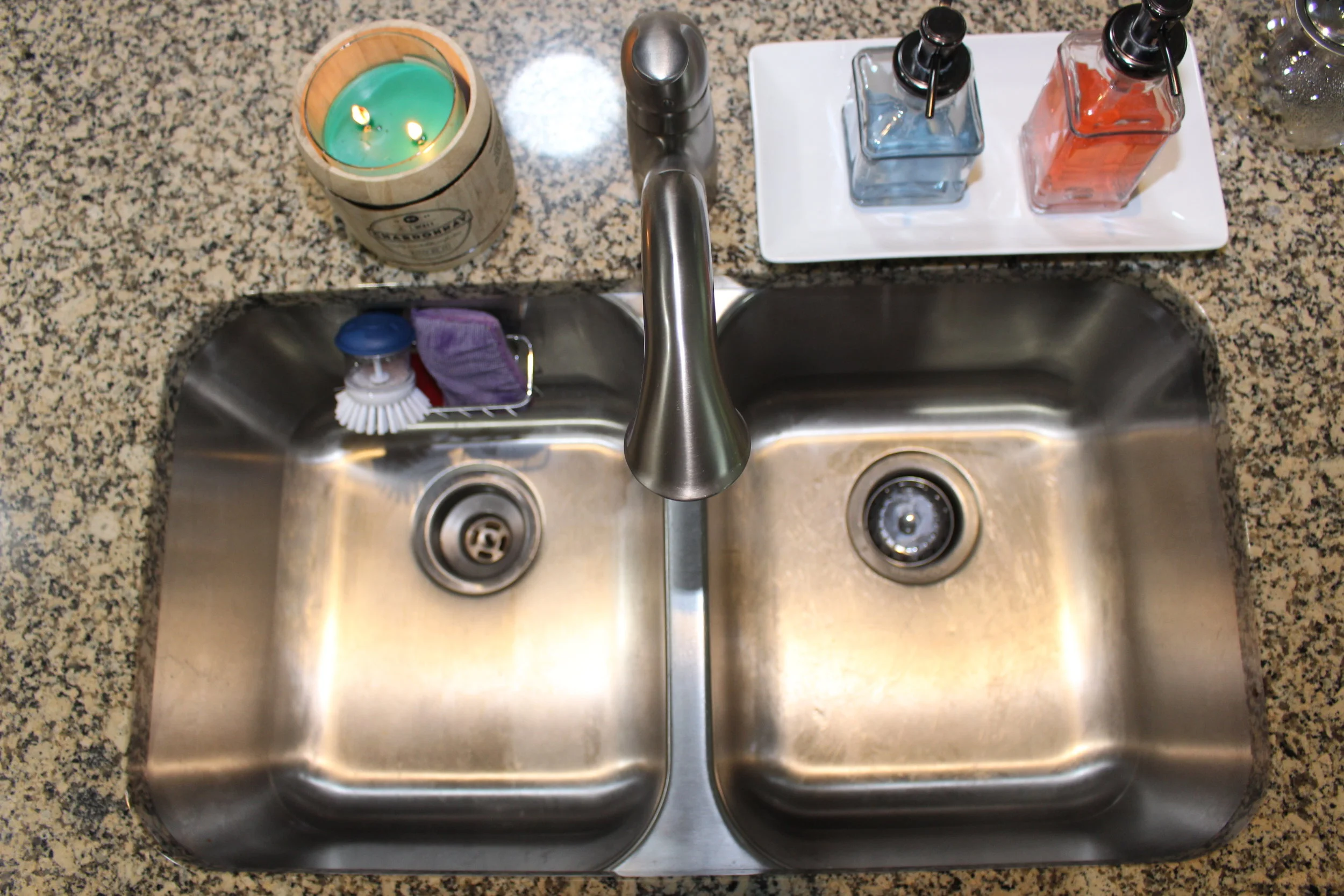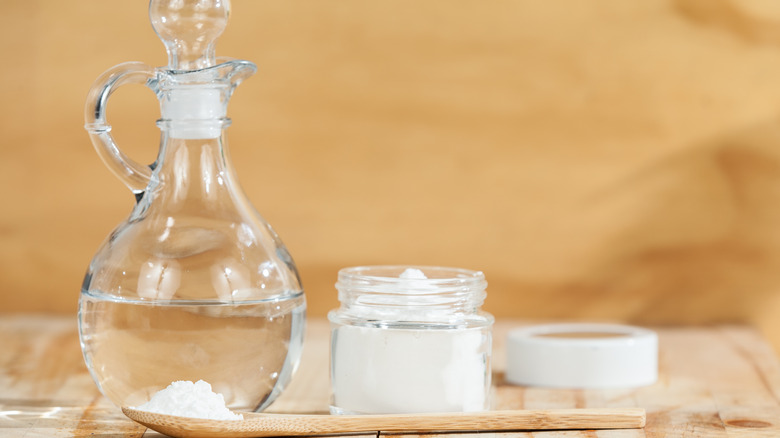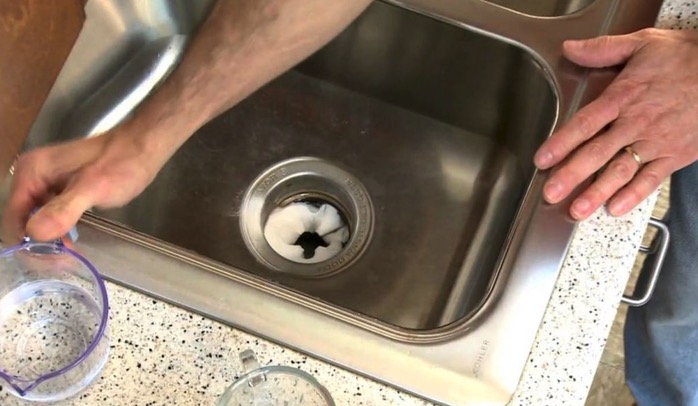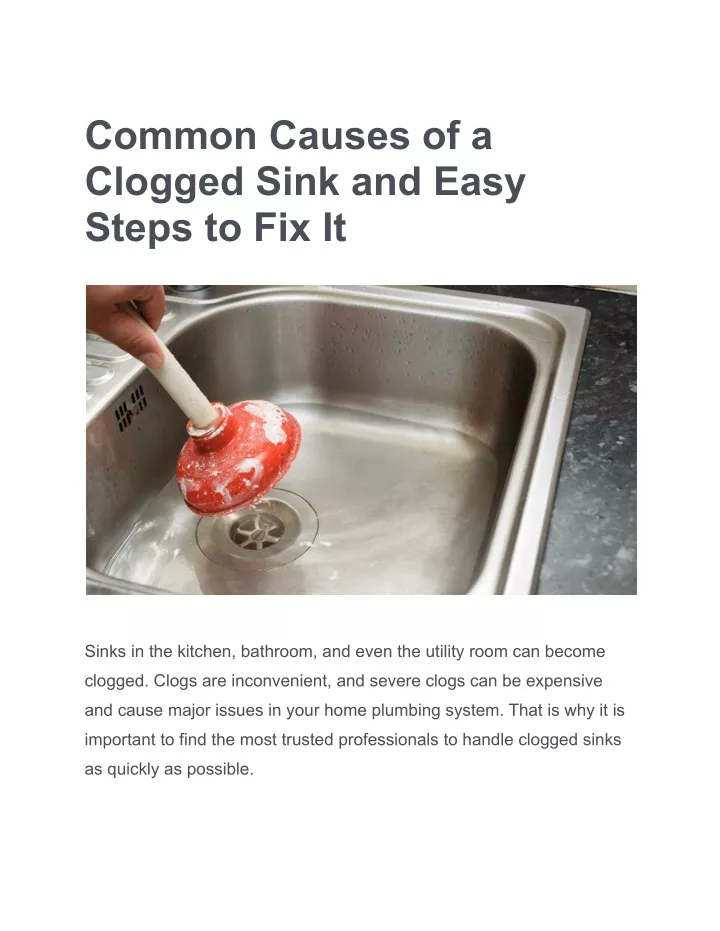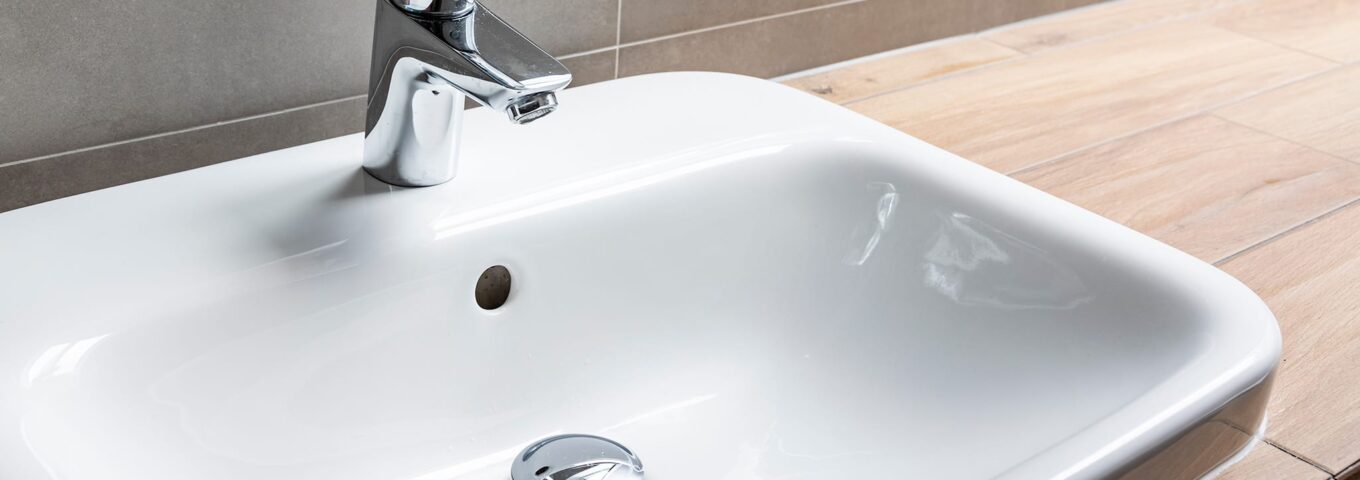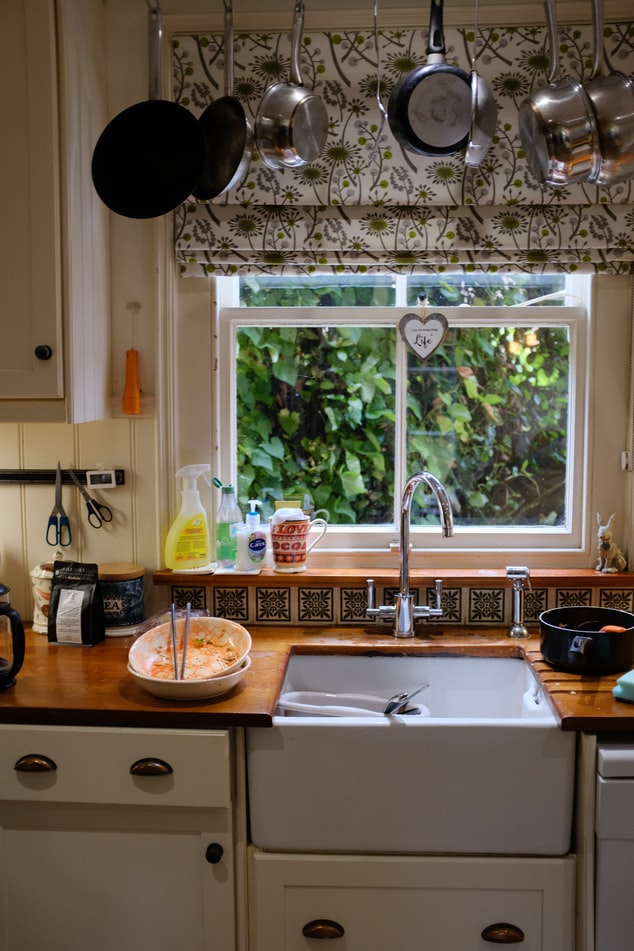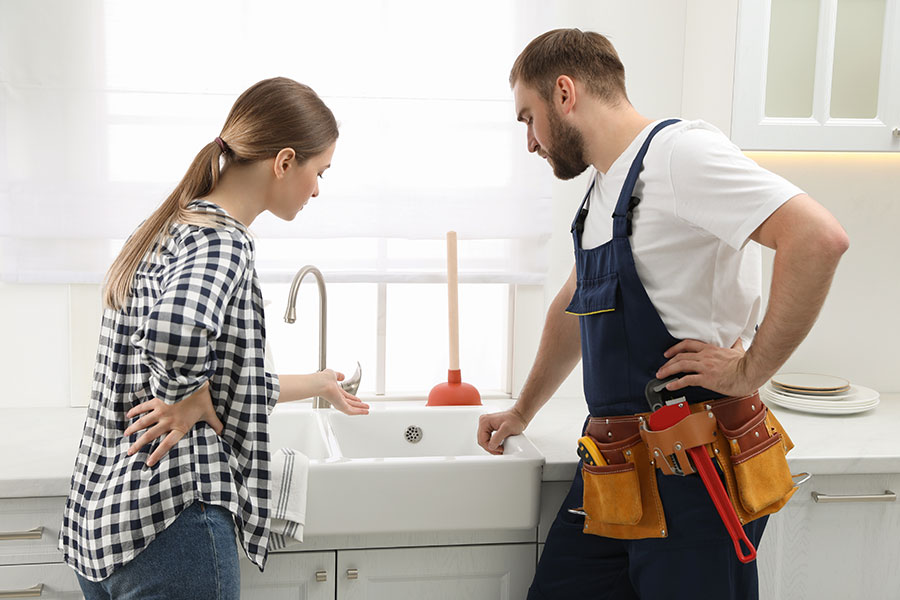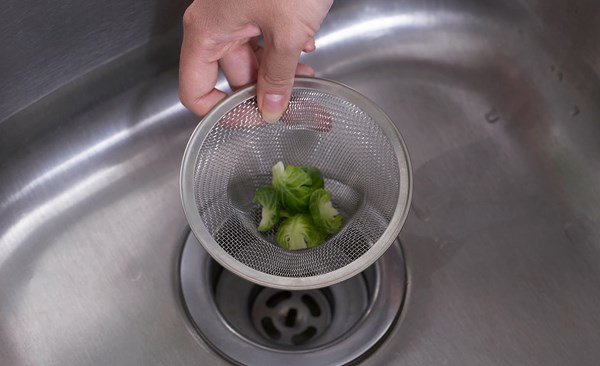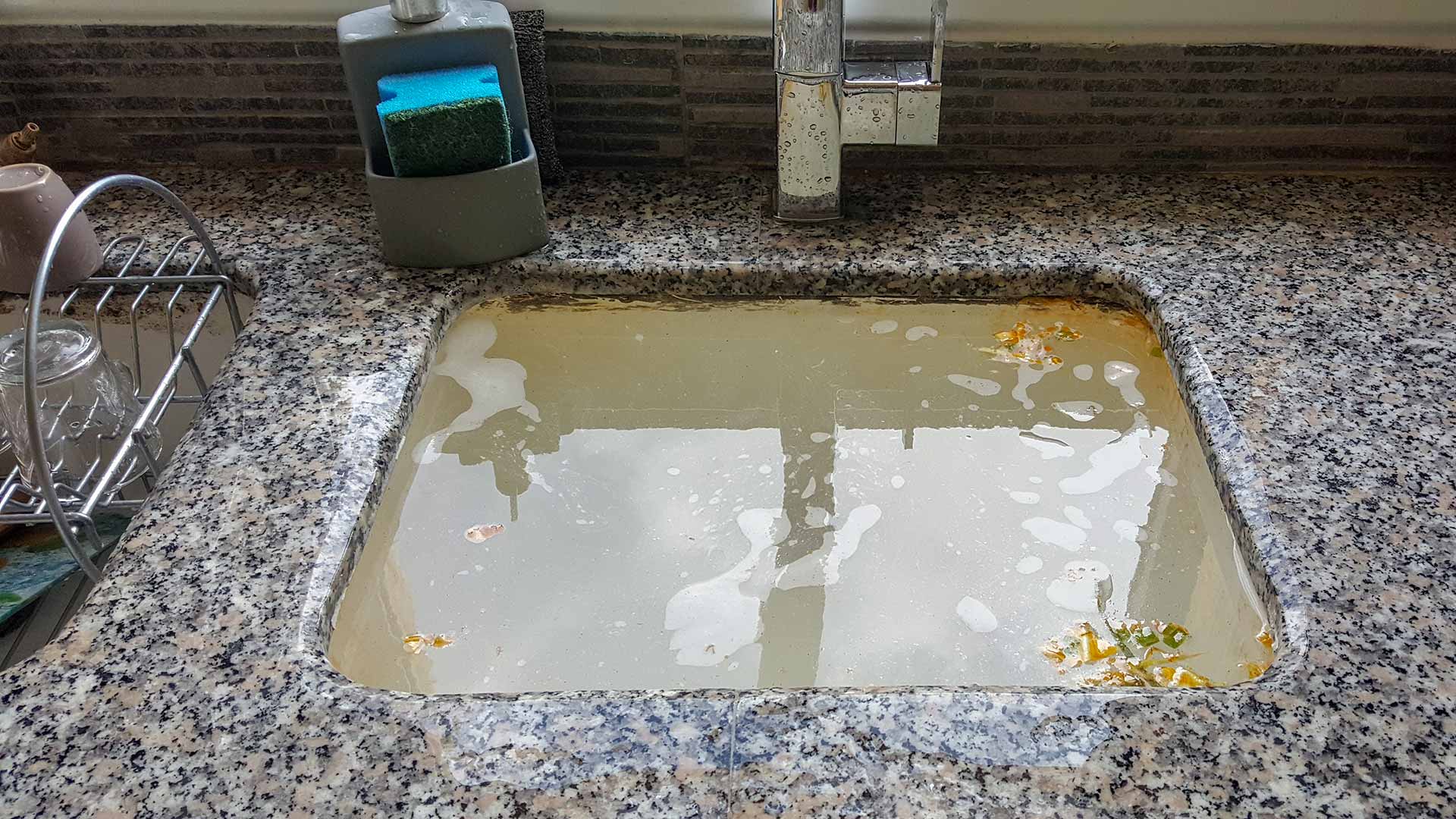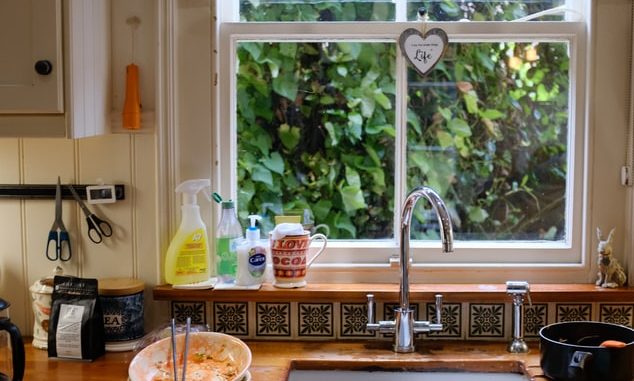A clogged kitchen sink can be a major inconvenience, causing water to backup and making it difficult to use your sink for everyday tasks. While it may seem like a daunting task, unclogging a kitchen sink is actually a relatively simple process. With the right tools and a little bit of know-how, you can have your sink back to normal in no time.Unclog a Kitchen Sink
Before attempting to unclog your kitchen sink, it's important to understand the different types of clogs and how to properly address them. The most common type of clog in a kitchen sink is caused by a buildup of food particles and grease in the pipes. This can often be remedied by using a plunger to dislodge the blockage. Another common cause of a clogged kitchen sink is a jammed garbage disposal. If you notice that your sink is not draining and your disposal is not working, the two issues may be related. In this case, you will need to troubleshoot your disposal to get it working again.How to Fix a Clogged Kitchen Sink
If your kitchen sink is clogged and your disposal is not working, it's important to first turn off the power to the disposal. This can be done by unplugging it from the outlet or turning off the circuit breaker. Once the power is off, you can use a flashlight to inspect the disposal for any visible blockages. If you are unable to see any visible blockages, you can try using a plunger to dislodge the clog. Simply place the plunger over the drain and push down firmly, then pull up quickly. Repeat this motion several times until the clog is dislodged and the water begins to drain.Kitchen Sink Clogged Disposal Not Working
If the plunger method does not work, you can try using a homemade drain cleaner to remove the clog. Mix together equal parts baking soda and vinegar and pour it down the drain. The mixture will create a foaming reaction which can help to break up the clog. Let it sit for about 15 minutes, then flush the drain with hot water. If the clog persists, you may need to use a plumbing snake to physically remove the blockage. Insert the snake into the drain and twist it while pushing it down the pipe. This should help to break up and dislodge the clog.DIY Kitchen Sink Clog Removal
If the clog is located in the drain itself, you can try using a drain auger to clear it. This tool is specifically designed to reach deep into the drain and remove any blockages. Simply insert the auger into the drain and twist it as you push it down. Once you feel resistance, continue twisting and pulling until the clog is removed. Another option for clearing a clogged kitchen sink drain is to use a chemical drain cleaner. These products contain strong chemicals that can dissolve stubborn clogs. However, they can also be harmful to your pipes and should be used sparingly.Clearing a Clogged Kitchen Sink Drain
If your garbage disposal is not working, there are a few things you can do to troubleshoot the issue. First, make sure that the power is turned off before attempting any repairs. Next, check for any visible blockages or obstructions in the disposal. If there are no visible issues, you may need to reset the disposal. Most disposals have a reset button located on the bottom of the unit. Press this button and then try turning the disposal on again. If the disposal still does not work, you may need to call a professional plumber for assistance.Troubleshooting a Kitchen Sink Disposal
If your garbage disposal is jammed, it's important to first turn off the power before attempting to fix it. You can then use a wooden spoon or tongs to try and dislodge the obstruction from the blades. If this does not work, you may need to manually reset the disposal using an Allen wrench. Insert the Allen wrench into the bottom of the disposal and turn it clockwise to loosen the blades. Once you feel them loosen, turn the wrench counterclockwise to free them completely. You can then turn the power back on and test the disposal to see if it is working properly.Fixing a Jammed Garbage Disposal
If you prefer a more natural approach to unclogging your garbage disposal, you can try using a mixture of baking soda and vinegar to break up the blockage. Pour half a cup of baking soda down the drain, then follow it with one cup of vinegar. Let the mixture sit for about 15 minutes, then flush it with hot water. Repeat this process as needed until the clog is gone.Unclogging a Garbage Disposal with Baking Soda and Vinegar
Understanding the common causes of a clogged kitchen sink can help you prevent future issues. Some of the most common causes include pouring grease and oils down the drain, putting coffee grounds and other food scraps into the disposal, and using too much toilet paper or paper towels. To prevent clogs, be mindful of what you are putting down your sink and disposal. Avoid pouring grease and oils down the drain and use a sink strainer to catch any food scraps before they can cause a clog. You can also periodically flush your drains with hot water and vinegar to break up any buildup.Common Causes of a Clogged Kitchen Sink
The best way to deal with a clogged kitchen sink is to prevent it from happening in the first place. In addition to being mindful of what you put down the drain, you can also take preventative measures such as regularly cleaning your disposal and pipes, using a plunger to clear minor clogs, and scheduling regular maintenance with a professional plumber. By following these tips and techniques, you can effectively unclog your kitchen sink and keep it running smoothly. Remember to always turn off the power before attempting any repairs and if the clog persists, don't hesitate to call a professional for assistance. With a little bit of effort, you can have your kitchen sink back to normal in no time. How to Prevent a Clogged Kitchen Sink
How to Fix a Clogged Kitchen Sink and Non-Working Disposal
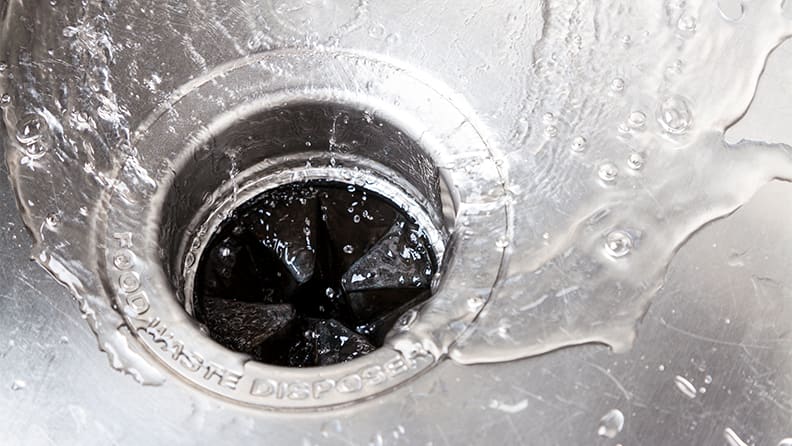
Dealing with a clogged kitchen sink can be a frustrating and messy experience. It disrupts the daily flow of household activities and can quickly become a major inconvenience. When the disposal is also not working, it can compound the issue and make it even more difficult to clear the clog. However, with some simple techniques and a bit of patience, you can easily fix a clogged kitchen sink and get your disposal working again.

If you notice that your kitchen sink is clogged and the disposal is not working, the first step is to turn off the power supply to the disposal. This is important for your safety and will prevent any potential accidents. Once the disposal is turned off, use a flashlight to inspect the sink drain and disposal for any visible blockages, such as food scraps or debris. Use tongs or pliers to carefully remove any visible blockages from the disposal unit.
If the blockage is not visible, the next step is to use a plunger to try and dislodge the clog. Place the plunger over the drain and push down firmly, then pull up quickly. Repeat this motion several times until you feel the clog start to break up.
Another effective method is to use a mixture of baking soda and vinegar. Pour 1/2 cup of baking soda into the drain, followed by 1 cup of vinegar. The chemical reaction between the two ingredients will help to break down any organic materials causing the clog. Let the mixture sit for about 15 minutes, then flush the drain with hot water.
If the clog persists, you may need to use a plumbing snake or a drain auger. These tools are designed to reach deep into the pipes and break up tougher clogs. Insert the tool into the drain and turn it clockwise to help break up the blockage. Continue to work the tool until you feel the clog loosen and the water starts to drain.
Once the clog is cleared, turn the power supply back on and run water through the disposal to ensure it is working properly. It is also a good idea to run some ice cubes and lemon rinds through the disposal to freshen it up and keep it running smoothly.
In order to prevent future clogs and disposal issues, be mindful of what you put down your kitchen sink. Avoid pouring grease, oil, and large food scraps down the drain. Use a drain cover to catch any small food particles, and regularly clean the disposal to keep it in good working condition.
With these simple tips, you can easily fix a clogged kitchen sink and get your disposal working again. However, if the clog persists or you are unable to fix it on your own, it may be time to call a professional plumber. They have the expertise and tools to effectively clear any stubborn clogs and get your kitchen sink back to normal in no time.
Kitchen sink clogged disposal not working can be a frustrating and messy problem, but with the right techniques, it can be easily resolved. Remember to always prioritize safety and use caution when attempting to fix a clogged sink and disposal. With a little patience and some basic household tools, you can get your kitchen sink and disposal back to working order and keep your household running smoothly.
/plumber-unclogging-kitchen-sink-169270382-5797a9355f9b58461f27f024.jpg)

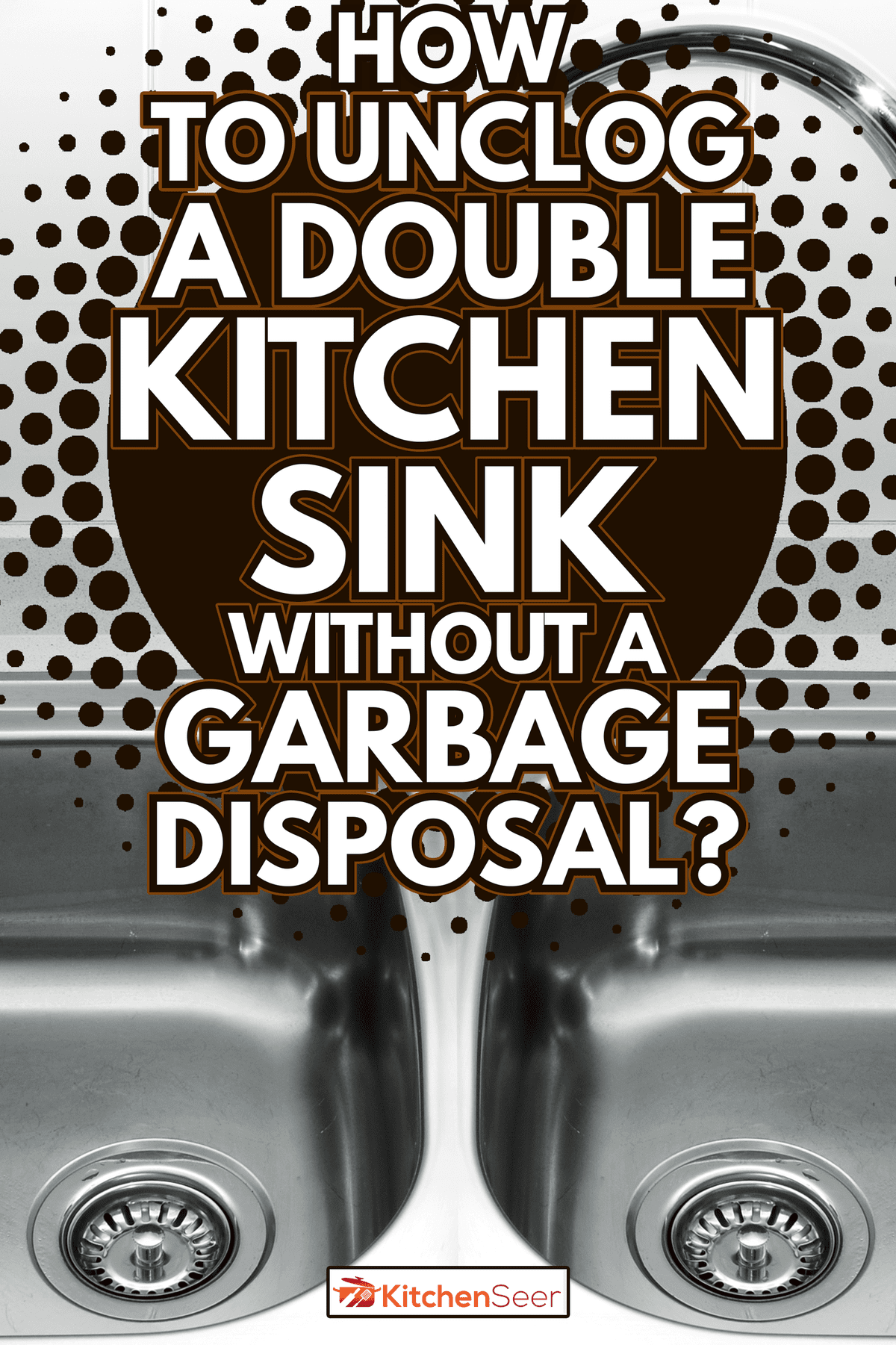





:max_bytes(150000):strip_icc()/how-to-unclog-a-kitchen-sink-2718799_sketch_FINAL-8c5caa805a69493ab22dfb537c72a1b7.png)




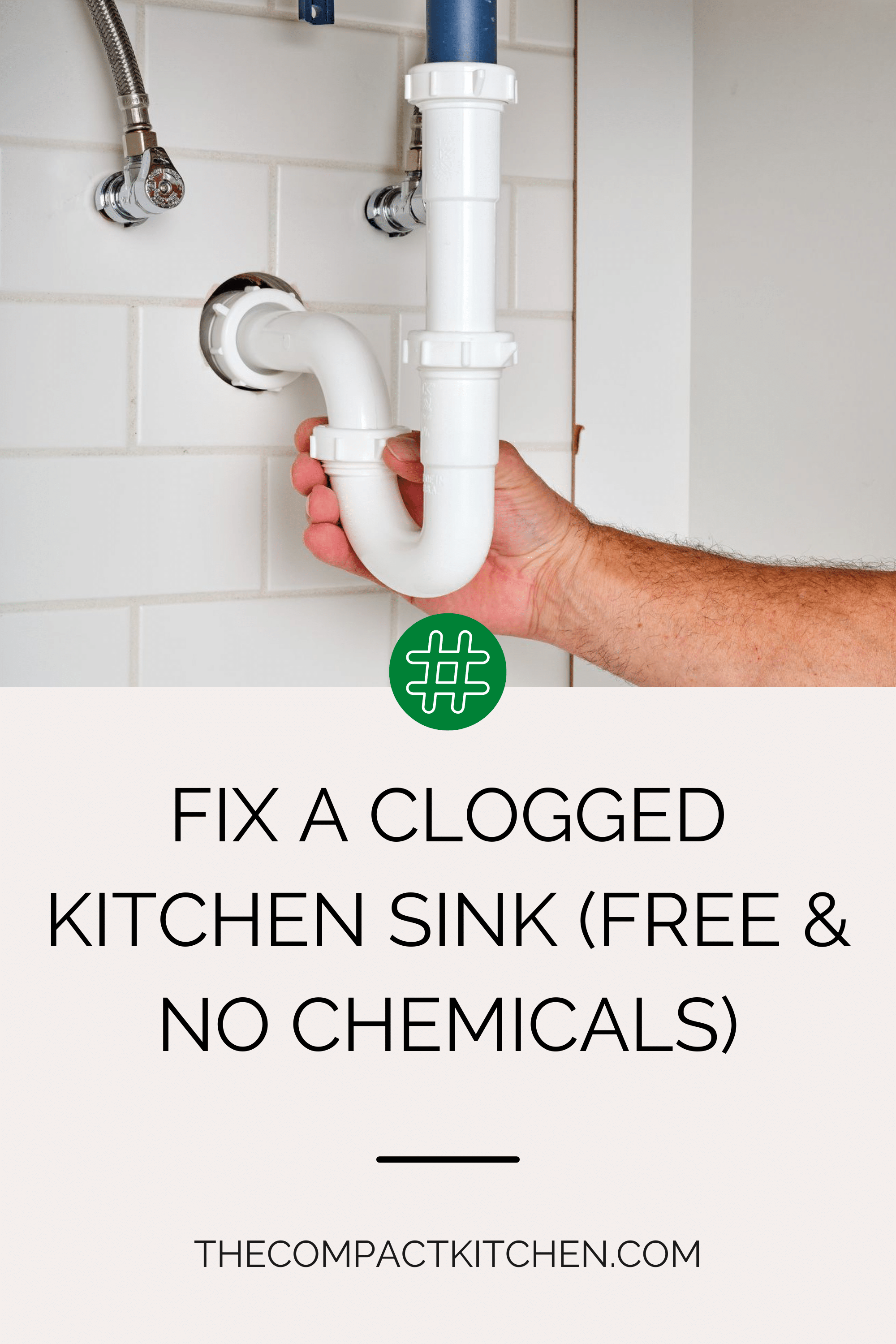






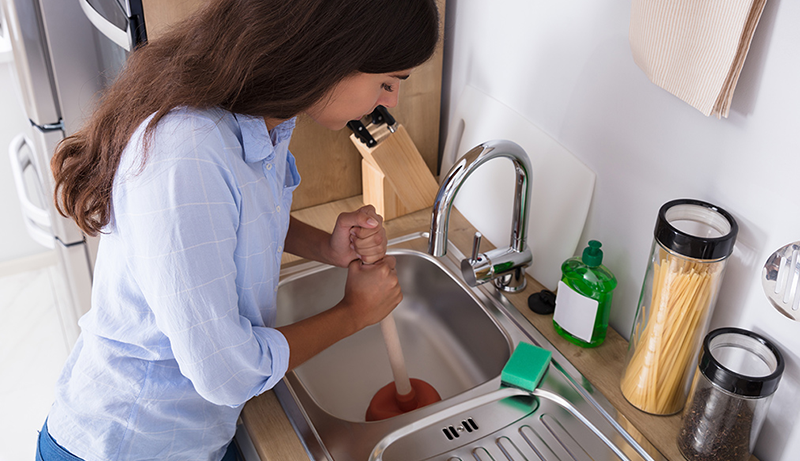

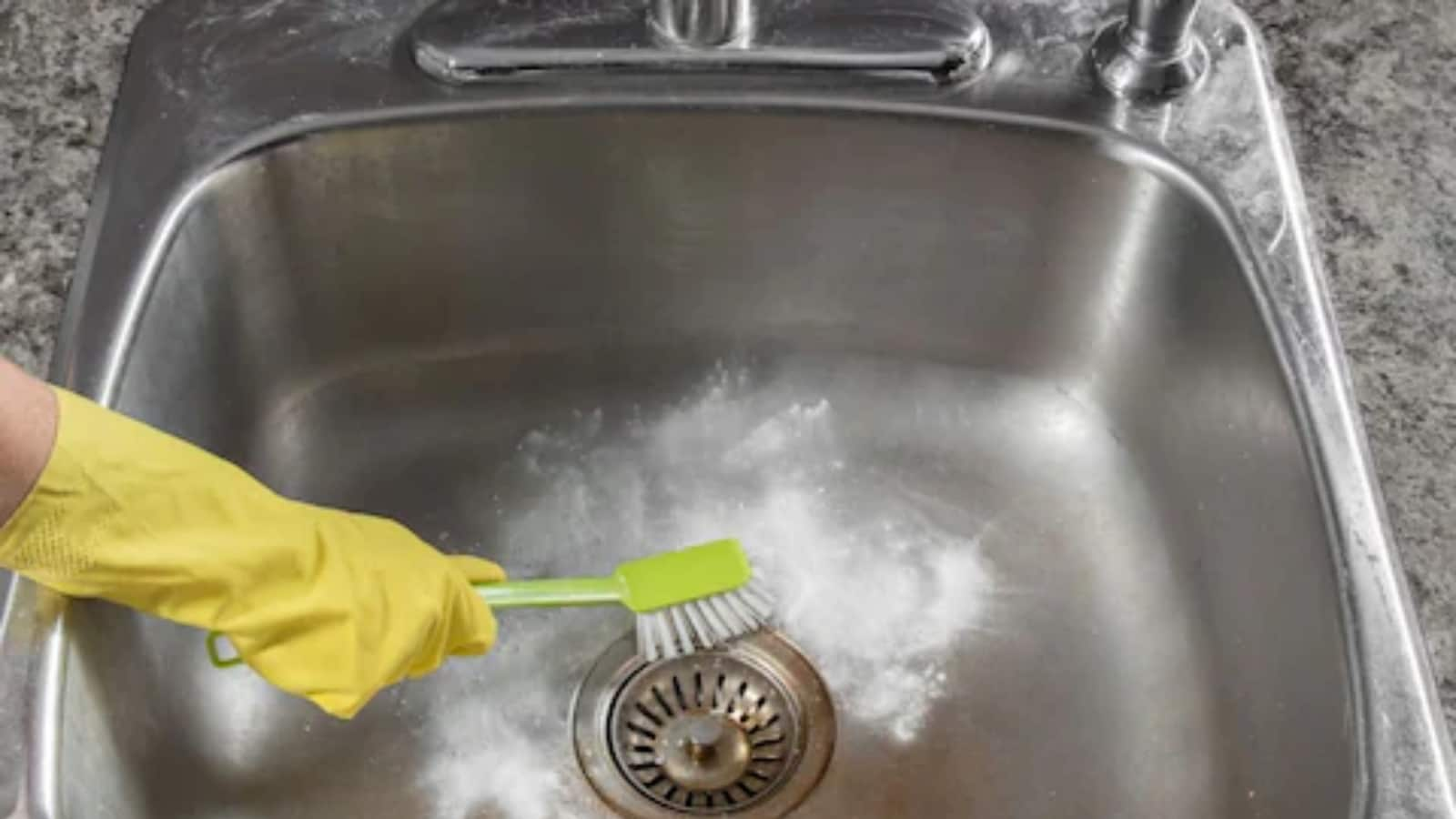

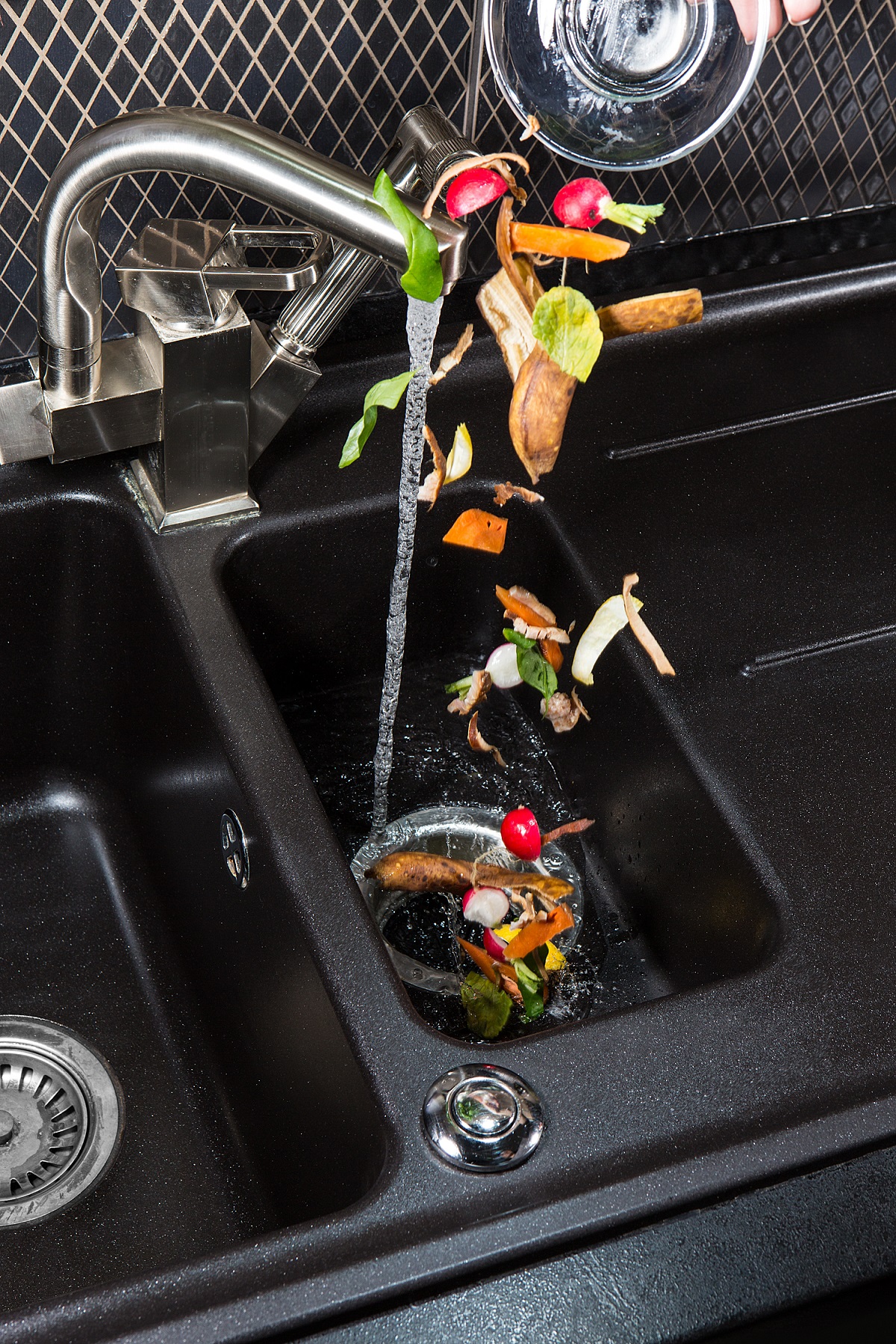














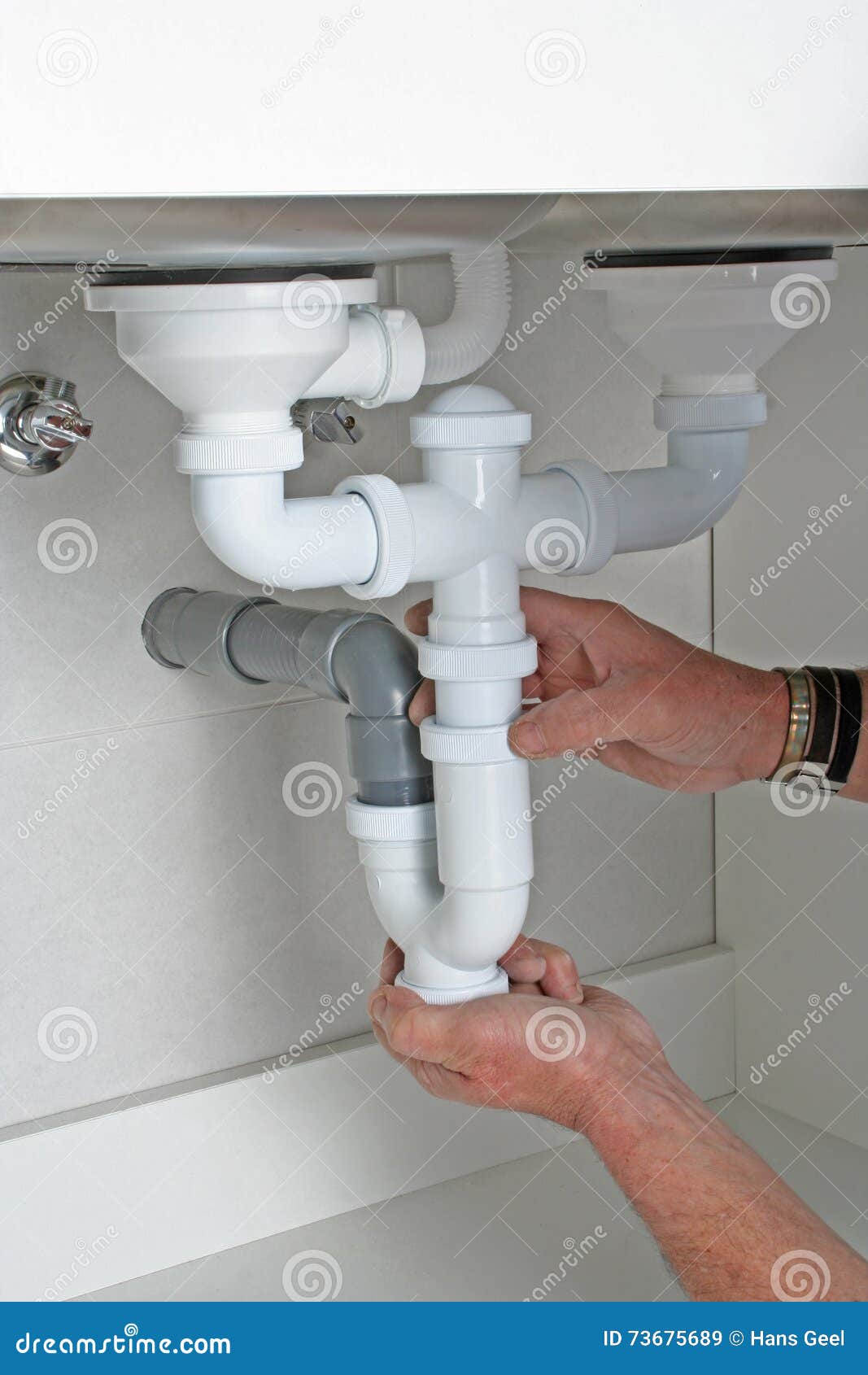


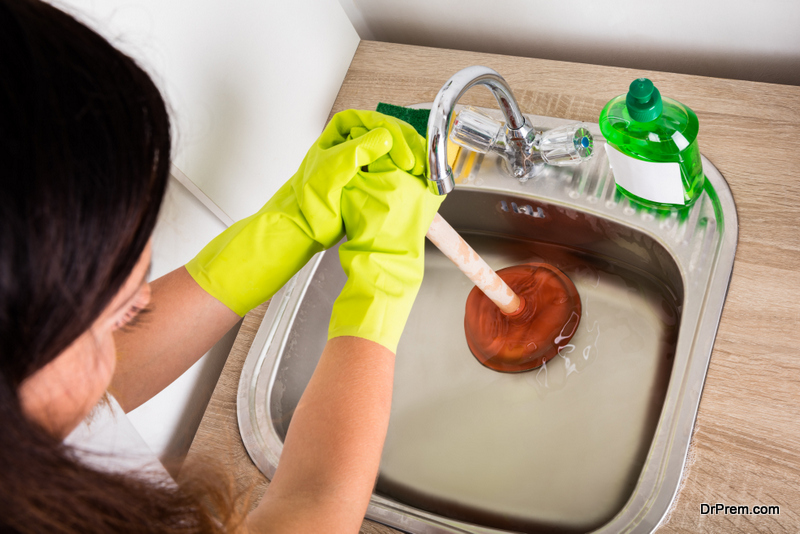
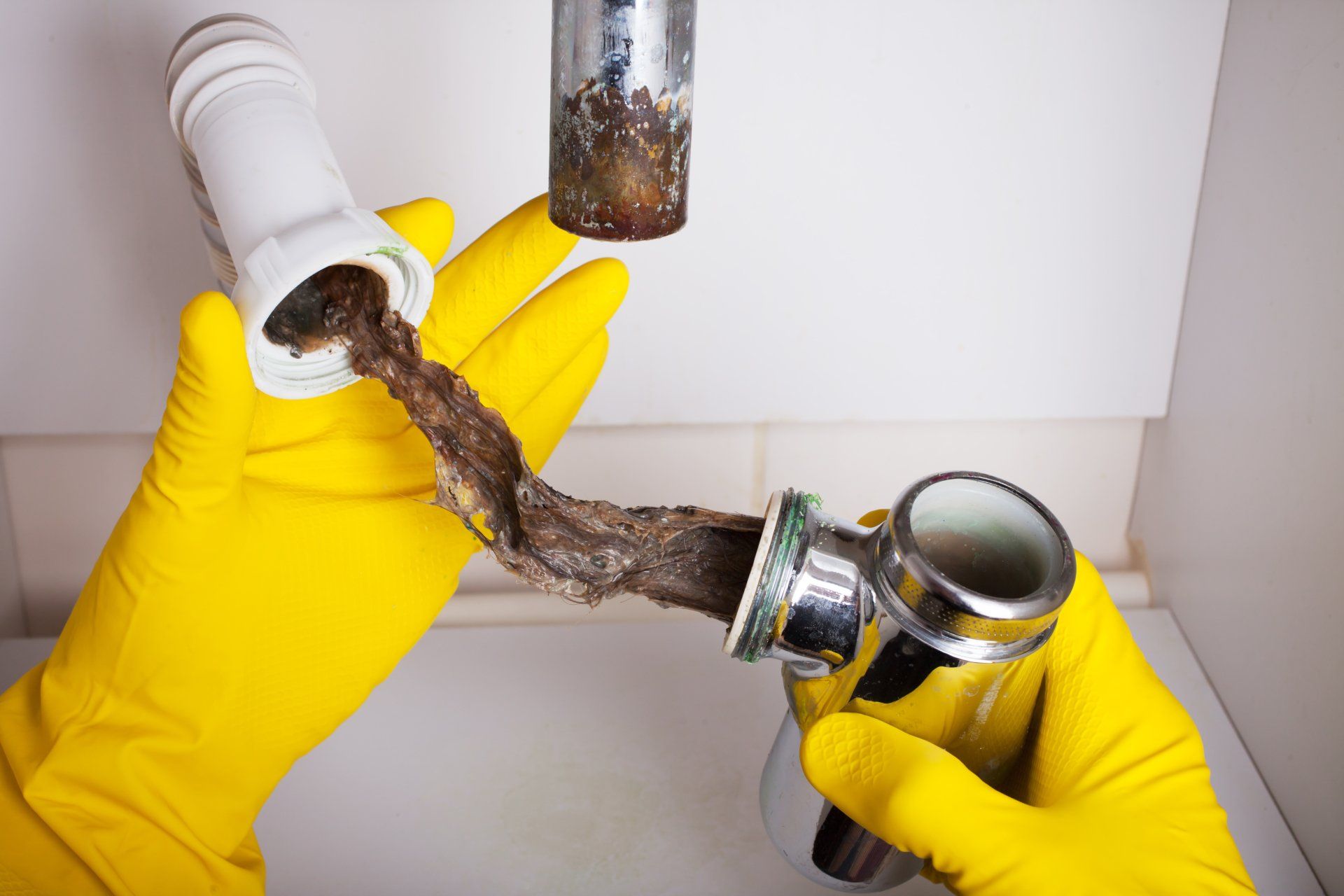

:max_bytes(150000):strip_icc()/freshen-and-unclog-drain-with-baking-soda-1900466-22-bbf940b70afa4d5abef0c54da23b1d3f.jpg)
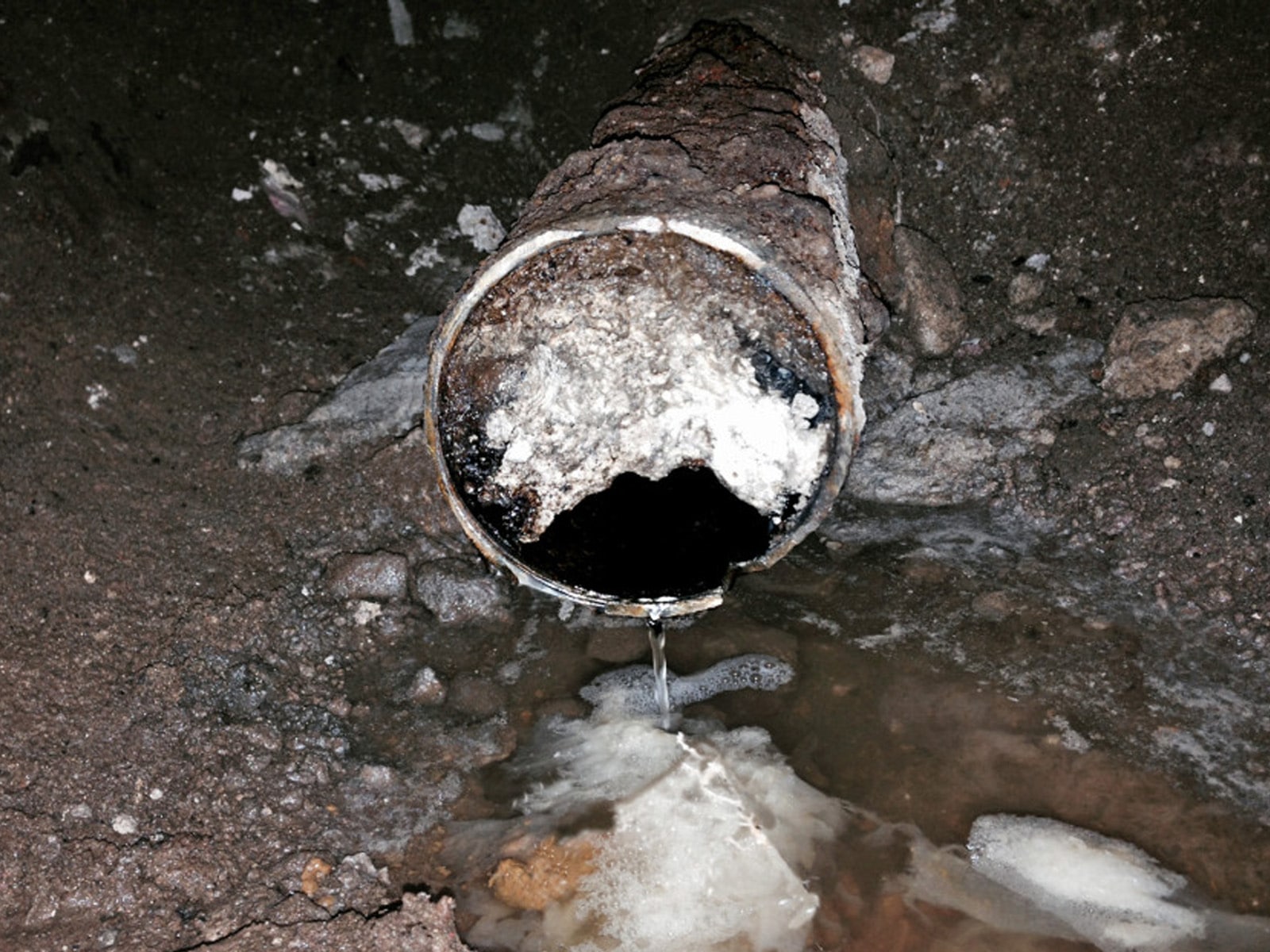





:max_bytes(150000):strip_icc()/gar_disp_expl_view-640-56a4a2d25f9b58b7d0d7effe-59b351b6d963ac0011978ee3.jpg)
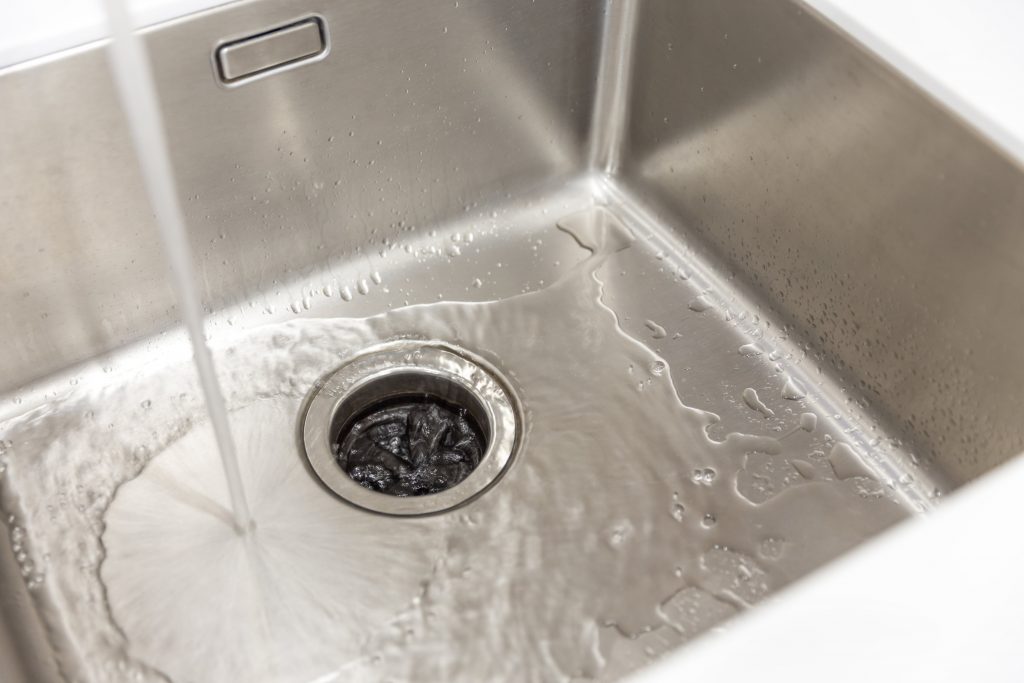

:max_bytes(150000):strip_icc()/chrome-kitchen-sink-1220335649-e0219bab27fa4f6c8dc0fa3c3be4728d.jpg)
:max_bytes(150000):strip_icc()/GettyImages-171366298-5b7328fd46e0fb002c0e8ce4.jpg)

/6274922159_5c7d529dd7_o-580fc90f5f9b58564c374fda.jpg)



